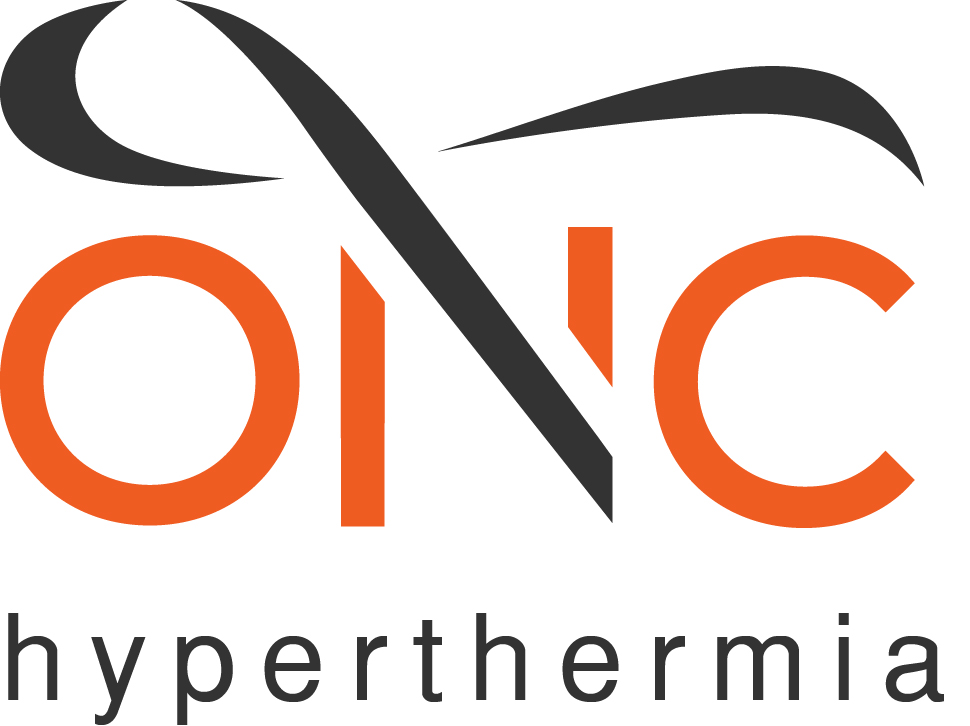HYPERTHERMIA
WHEN IS HYPERTHERMIA USED IN CANCER TREATMENT?
Not all types of cancers will benefit from Hyperthermia. Hyperthermia is typically used when the available treatments have limited effects, or if there is a risk that you have a cancer that is resistant to the available treatments.
In this case Hyperthermia can be applied with your chemotherapy or radiotherapy to sensitise the tumour to the treatments and enhance the damage done to the tumour. In some instances Hyperthermia can also be applied to stabilise the disease and to manage pain.
For more information on how and when Hyperthermia is used please speak to your Oncologist. Alternatively, please contact us for further assistance.
TREATMENT DEFINED
WHAT IS HYPERTHERMIA?
HYPERTHERMIA AS A TREATMENT
Hyperthermia in oncology is the heating up of tumours to sensitise them to chemotherapy and radiation therapy, increasing the impact of the cancer treatments.
THE GOAL OF HYPERTHERMIA TREATMENT
The goal of the Hyperthermia treatment is to heat the tumour, as selectively as possible, to no more than 43 degrees Celsius.[1,2] The treatments typically last around 60 minutes and are given either immediately before radiation, or up to two hours after radiation or chemotherapy.
DONT TRY THIS AT HOME
Hyperthermia in oncology does not involve the general heating of the body as occurs in a sauna or hot bath. During a sauna or hot bath your body is still able to regulate and maintain a relatively normal and stable temperature. For Hyperthermia to be effective, the tumours themselves must be heated and not the healthy tissue – this must also be monitored. Raising the whole-body temperature at home is not an effective method of Hyperthermia for the treatment of tumours, nor is it recommended.
